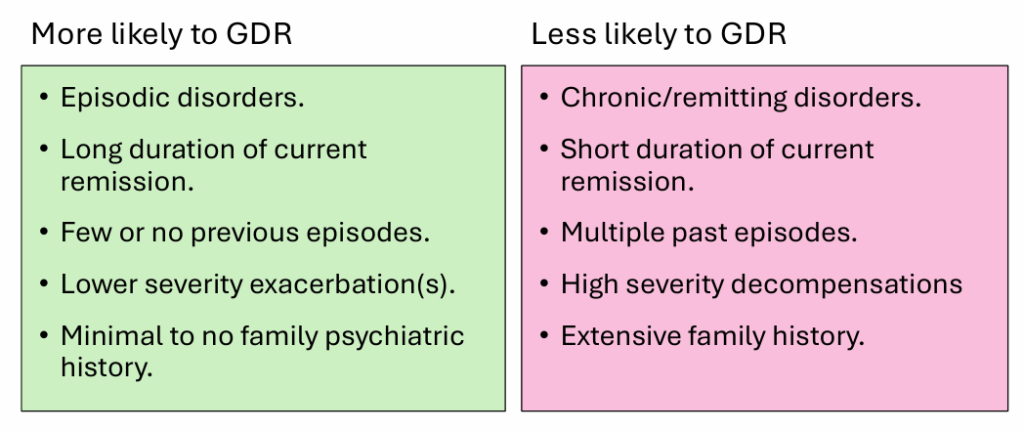Psychotropics and Chemical Restraints Ftag 605
Ensure that we are following a good process for recognizing behaviors, evaluating them, documenting them, and attempting non-pharm interventions.
Always ask, “Is this for us, or for the benefit of the patient?” Avoid use of medications for “staff convenience.” This can require persistent education and monitoring.
Things to consider:
- Non pharm interventions first
- Did they work?
- Document interventions and effectiveness
- Document target behaviors
- Start this along with non-pharm interventions and before any medication is started
- Get some documentation of the behaviors and non-pharm interventions BEFORE starting a medication if possible.
- Ensure documentation of psychiatric diagnosis is applicable
- PASRR Level 2 needed?
- If Dementia is the primary issue, ensure that the appropriate dementia diagnoses are used and not an inappropriate diagnosis for a major mental illness (like schizophrenia, major depression, etc…)
- If medication is needed, does the medication treat the psychiatric diagnosis or is it an off label or temporary intervention?
- ensure dose and indication are appropriate.
- ensure behavior tracking is in place (before med is started)
- Review at IDT/psychotropics meetings on schedule
Non-pharm interventions might be contraindicated if they would delay treatment and jeopardize the safety of the patient.
- Suicidal
- homicidal ideation
- severe agitation
- catatonia
- intense hallucinations/delusions
- acute delirium due to medical cause
Gradual Dose Reductions
Attempt GDR if clinically safe to do so



Reference: Psychotropic Medications and Chemical Restraints F tag 605 – CMDA-2025_04_01
CHCA Update Summary
CMS and HHS reorganization will reduce the workforce by nearly 20%.
Three agencies closing down and the Nursing Home Innovations Grants are no longer available.


Reference: Jenny Alberson, CHCA – CHCA Association Update 4-1-2025.pdf
EASY

Influenza Map
I think we can say that the influenza season is over.


